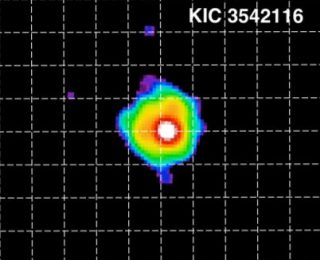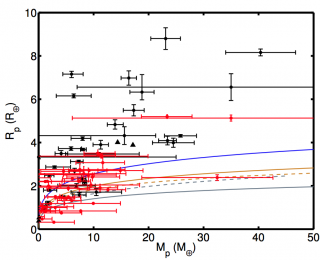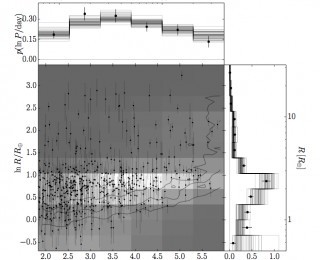
by Amber Hornsby | Aug 24, 2017 | Daily Paper Summaries
Kepler has stared at the stars and hundreds of exoplanets have waved back. Despite this, we struggle to detect the minor bodies we’re familiar with in our own Solar system around other stars…until recently that is. Today’s bite explores Kepler’s evidence for its first ever exocomet!

by Ruth Angus | Jul 31, 2014 | Daily Paper Summaries
Artist’s impressions of exoplanets are often wrong!

by Ruth Angus | Jul 3, 2014 | Daily Paper Summaries
There are nine Earth-like planets detectable in the Kepler data set… better get searching!
by Guest | Nov 26, 2011 | Guides
This post is written by Benjamin Nelson, a graduate student in the Astronomy Department at the University of Florida. He works with Dr. Eric Ford on the characterization and dynamical evolution of extrasolar planets. He is currently developing an N-body Markov chain Monte Carlo for RV observations of exoplanet systems. Why is this important to astronomy? Inevitably in your astronomical career, you’ll attend some talk where the speaker mentions “MCMC” and “Metropolis-Hastings”, or maybe something about “priors” and “likelihood functions.” The latter terms refer back to a Bayesian framework, while the former terms are the numerical tools, both of which are rarely covered in undergraduate astronomy/physics. Although Bayes’ theorem has been around for more than 200 years, computational advances within only the past couple decades have made it actually practical to solve problems involving Bayesian techniques. Learning statistical methods is like eating your vegetables: you probably won’t enjoy it, but it’ll be good for you in the long run. It is hardly motivating for an astronomy grad student to pick up an introductory book on Bayesian statistics without some practical application in mind, but a solid knowledge of Bayesian methods is a great way to find common ground in other, unfamiliar astronomical subfields, or even other disciplines of science. The purpose of this astrobite is to familiarize the reader with conventional Bayesian jargon (sugar coated with some astronomy) and lay out the ingredients to code a Markov chain Monte Carlo from scratch. Bayes’ Theorem: In short, Bayes’ theorem allows us to update our knowledge of a model system using new sets of observations. We use this to quantify the...



